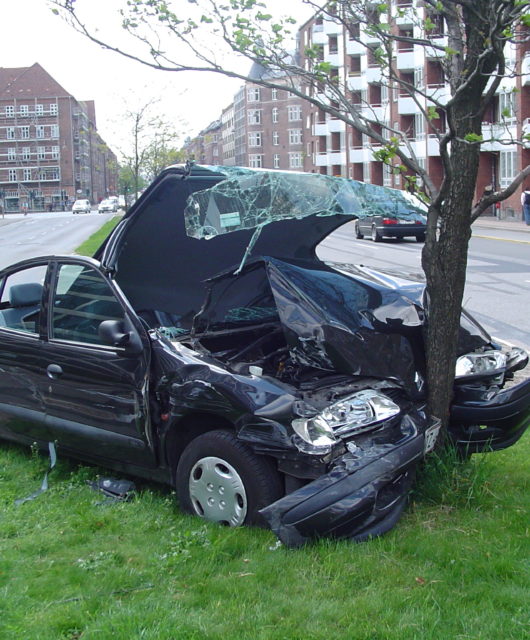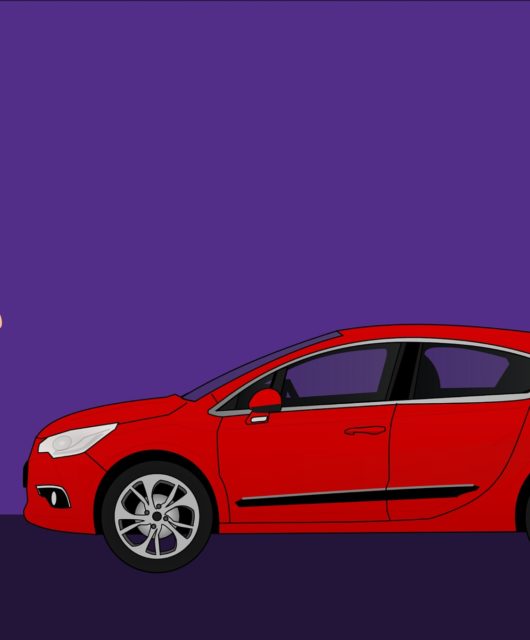What to Do After Your Vehicle Is Transported
 If you’re having your car transported to a new location, you should do a few things after your car arrives. This includes protecting your vehicle’s exterior parts, insuring and inspecting them.
If you’re having your car transported to a new location, you should do a few things after your car arrives. This includes protecting your vehicle’s exterior parts, insuring and inspecting them.
Table of Contents
Preparing Your Car for Transport
If you want to move from your current location to a new home, you can save time and money by hiring a car transport service such as California to New Jersey auto transport. However, preparing your car for transport is important to avoid potential damage. A few simple steps will ensure a safe and smooth drop-off.
The first step in preparing your car for transport is ensuring you have all the right documentation. You should also check with your insurance provider to ensure your coverage is enough to cover your vehicle while it is being shipped.
When preparing your vehicle for shipping, you should also take the time to wax your car. This will protect your car from dirt and debris during the trip.
Another good idea is to seal your convertible top. The reason is that it will prevent air from entering your car, which can cause damage.
Taking Photos of Your Car Before Transport
If you plan to have your car transported to a distant land, include pictures of your pride and joy on the way. This will help you to prove your ownership and keep you in the good graces of the shipping company. The company can reimburse you for rental cars if yours is delayed. Keeping pictures of your prized possession will also help you complete a condition report once your steed arrives.
Taking the time to take a picture of your prized possession can be daunting, but with a little ingenuity, you can get the shots of your dreams. A small tripod, decent lighting, and a few shutter snaps can make the entire process seem like a walk in the park.
Documenting Damage in the Bill of Lading
When your vehicle is transported, you should take the time to document any damage on the Bill of Lading. This will help you prepare for the inspection. You should also contact the transport company to ask questions about the bill.
During the pickup and delivery of your vehicle, you should have the driver or your contact walk around the vehicle. They will be able to spot any irregularities or scratches, and you can note them on the bill of lading.
Both the customer and the carrier should sign the bill of lading. However, you should only sign the bill once you are satisfied with the condition of your vehicle. If you are not present at the pickup and delivery, you should delegate the responsibility of signing the bill to someone else.
Protecting the Exterior Parts of Your Car
If you’ve been tasked with protecting the exterior parts of your car after a long cross-country ride, you’ve probably seen your share of dust and grime. To ensure the rest of your vehicle is safe from a tarp, you need to be proactive. One of the best ways to do this is to protect your tires. This is more challenging than it sounds, but a little extra attention to detail goes a long way. A quick sanding job will ensure your tires are ready for the next road trip. The secret is knowing where to look.
In particular, you need to pay close attention to the engine compartment. While it’s not a good idea to overload your car with extras, ensuring you’ve got the essentials is a great way to save your sanity. You can also protect the engine from the elements with a nice coat of paint or a top coat if your budget is particularly tight.
Inspecting Your Vehicle After Transport
Whether you’re transporting your car or hiring an auto shipping service, it’s important to have an inspection before shipping your vehicle. An inspection report, or BOL, will record the condition of your vehicle before and after the shipment.
When you get your car inspected, you’ll want to check the tires, the underside of the vehicle, and the exterior and interior mirrors. Also, be sure to check the locks and doors. If you notice any chips or dents, you should take some pictures of the areas to prove the damage.
You should also check the windshield and the windscreen for cracks. Cracks can extend over the windscreen and shatter, putting you and other drivers at risk. Make sure to note any changes in the odometer. The odometer reading may change due to the vehicle’s loading, storage, or unloading.









